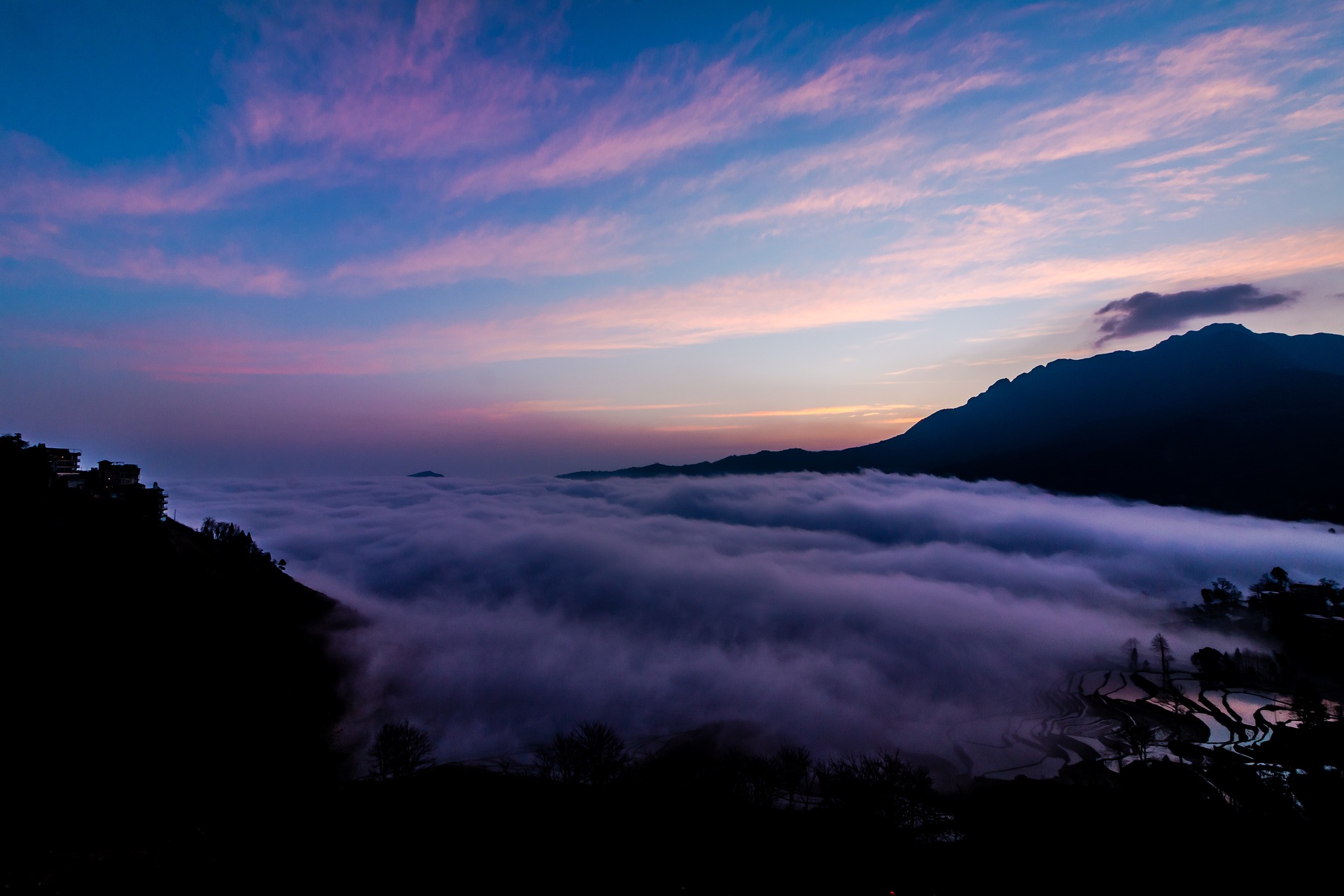A Dive into the World of Bioluminescent Beaches: A Nighttime Spectacle
As twilight descends, some beaches around the world transform into a magical spectacle of twinkling lights. This mesmerizing phenomenon, known as bioluminescence, turns the shoreline into a glowing canvas, creating an unforgettable experience for travelers. In this article, we explore the marvel of bioluminescent beaches, their science, and the best places to witness this natural wonder.

The Fascinating Science of Bioluminescence
Bioluminescence is a natural phenomenon where light is produced and emitted by a living organism. It is caused by a chemical reaction that happens within the organism. In the context of beaches, the light is often produced by tiny marine creatures called bioluminescent phytoplankton, also known as dinoflagellates.
When disturbed by movement, these microscopic organisms emit a burst of blue light. This can be triggered by the motion of waves, a passing boat, or even a swimmer splashing in the water.
The Magic of Bioluminescent Beaches
The sight of a bioluminescent beach is truly magical. Imagine standing on a beach under a star-lit sky, where every wave that crashes to the shore lights up with a blue glow, and every step you take on the wet sand leaves a trail of radiant light. This spectacle offers a unique, immersive experience that goes beyond regular beachside attractions.
However, witnessing this marvel requires specific conditions. The phenomenon is more visible on dark, moonless nights and away from artificial light pollution.
Top Bioluminescent Beaches Around the Globe
- Mosquito Bay, Puerto Rico: Often considered the brightest bioluminescent bay in the world, this location offers an unforgettable experience.
- Gippsland Lakes, Australia: After bushfires and floods in 2008, a significant increase in nutrients led to a large bloom of bioluminescent organisms in the lakes.
- Toyama Bay, Japan: Known for its glowing firefly squid, Toyama Bay offers a different take on bioluminescent beaches.
- Vaadhoo Island, Maldives: Often referred to as the “sea of stars,” this beach is famous for its stunning bioluminescence.
The Impact of Bioluminescent Beaches on Travel
Bioluminescent beaches offer an unforgettable travel experience. They have started to attract a growing number of nature enthusiasts and photographers, leading to a rise in night-time beach visits.
However, this increased interest has its challenges. The delicate balance required for bioluminescence can be disrupted by pollution or changes in water temperature. Therefore, it’s crucial that visitors respect these habitats and minimize their environmental impact.
Interesting Nuggets about Bioluminescence
- Bioluminescence serves various purposes in organisms, like attracting prey, deterring predators, or finding a mate.
- Not all bioluminescent organisms emit the same color of light. The color can range from blue to green, or even red, depending on the species and depth of water.
- Some animals, like the firefly squid in Japan, utilize bioluminescence for camouflage.
In conclusion, bioluminescent beaches offer a unique and mesmerizing experience that travelers won’t soon forget. These glowing beaches, with their ethereal beauty, have become a must-see phenomenon for nature enthusiasts. However, with this increasing interest, it’s crucial that we ensure our visits don’t disturb these delicate ecosystems. As we step into the radiant waters, let’s remember to tread lightly, leaving nothing but footprints - glowing ones, at that.




